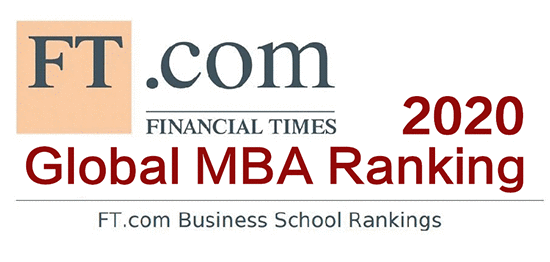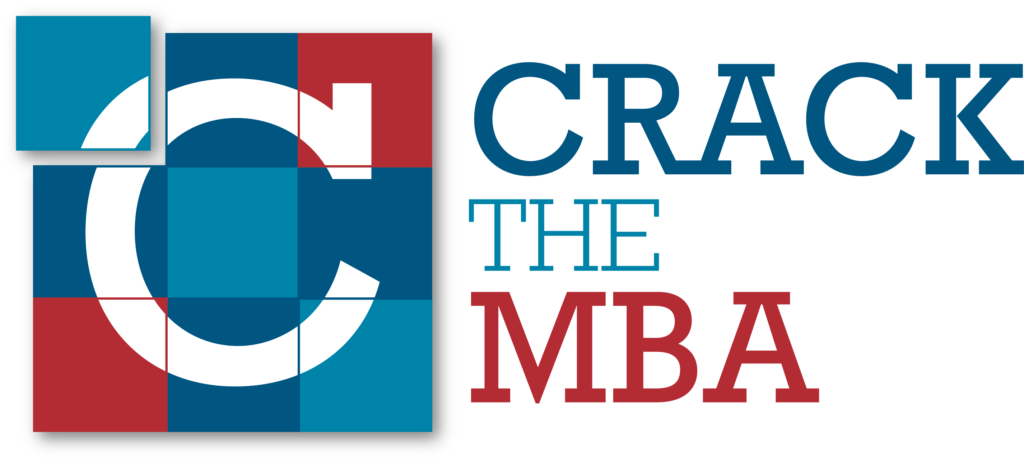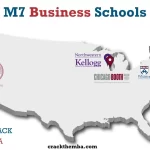Harvard Business School Claims Top Spot in Financial Times Global MBA 2020 Rankings

Joining your dream business school for an MBA program is a dream that many people hold. But how do you figure out which school is genuinely the best option for an MBA degree or not? Financial Times publishes its annual MBA rankings of the best programs across the world, and its list for 2020 is no different.
In the latest list of the Global MBA ranking 2020 by Financial Times, the publication breaks down the current MBA trends and analyzes how business schools trying to attract more students for their full time MBA programs.
Brand name matters
According to the latest rankings released by Financial Times, on Sunday, January 26 2020, Harvard Business School snagged the pole position after coming in at no. 2 last year. Harvard University’s strong brand name, coupled with Harvard Business School’s MBA programme were definitely major factors in the business school coming in at no. 1, especially if you take a look that 9 of the 10 names on the list are the same as last year.
The same holds true for the business schools that follow HBS further down the rankings, with Wharton, Stanford GSB, INSEAD, London Business School, Columbia Business School and many others making the top 10, due to having a strong global brand presence, making them a bigger attraction for prospective MBA candidates.
MBA programmes have often come under criticism for steep hikes in their tuition fees, which have risen above the rate of inflation for much of the past decade. However universities like Harvard Business School and Chicago Booth took the bold step of freezing their tuition fees for the current academic year. However, this move hasn’t been widely accepted by the rest of the business schools as they have continued hiking up their tuition fees year after year.
The U.S. has strong competition from Europe
Though 51 of the top 100 global MBA programs are in the U.S., the U.S. is increasingly facing a dip in demand due to increasing tuition fees and immigration policies. Cost of attendance at many top two-year MBA programs in the U.S. is well over $200,000. Moreover, the fall in applications is also due to the cap the U.S. government has on the number of H-1B visas it issues annually. Stricter immigration rules, coupled with Donald Trump’s anti-immigration stance has made the U.S. a less attractive destination for international students, who are increasingly failing to justify the ROI on an MBA program that costs a fortune and does not necessarily pay back when graduates have to return to their home countries. Many international students are unable to justify paying back a U.S. dollar denominated loan in their local currencies with unfavorable currency conversions and pay scales compared to the U.S.
The U.S. is also facing stern competition from Europe when it comes to attracting prospective MBA candidates. With three European business schools (INSEAD, London Business School, and HEC Paris) already in the Top 10, coupled with laxer visa rules, lower tuition fee and a shorter program duration are making Europe a much more attractive destination for future MBA candidates.
These factors have led to 50 deans from various business schools and universities signed an open letter to the president, vice-president and main party leaders to remove the caps on the H-1B visa program to allow more talented people to enter the U.S. A number of business schools are increasingly announcing STEM-Designated programs to give their students a chance to extend their stay in the U.S. an additional 24 months.
Methodology
The Financial Times’ methodology towards ranking the best 100 full-time MBA programmes sees them survey alumni three years after they’ve completed their MBA degree. A school can only be eligible to enter the ranking calculations if a minimum of 20% of alumni respond to the survey, as well as 20 fully completed surveys per school.
The school are also ranked on the following criteria:
- Salary today
- Weighted salary
- Salary increase
- Value for money
- Career progress
- Aims achieved
- Careers service
- Employed at three months
- Alumni recommend
- Female faculty
- Female students
- Women on board
- International faculty
- International students
- International board
- International mobility
- International course experience
- Languages
- Faculty with doctorates
- FT research rank
- Corporate social responsibility
Schools with a 50:50 (male/female) composition receive the highest possible score in the three gender-related criteria.
Rankings
Harvard Business School was ranked no.1 in Financial Times’ list due to an increase in weighted salary by 2.2% ($205,486 to $210,110), as well as having a strong alumni base, and a diverse student base with 43% female students. The Wharton School was the pick of the bunch for the best research facilities available, with the school publishing the most articles by full-time staff in 50 selected academic journals between 2017-2019. Stanford Graduate Business School boasted the highest weighted salaries at $222,625, higher by 5.2% from Wharton, which comes in at no. 2 with $211,543. Chicago Booth barely manages to make the top-10 list, right at tenth place – a drop of three places from 2019 when it stood seventh. HEC Paris wins big and finds itself ranked at 9th place – climbing ten ranks from its 19th place finish last year.
From India, there are four business schools that find themselves in this elite list of 100 leading global MBA programs. These are: IIM-Bangalore, ISB, IIM-Calcutta and IIM-Ahmedabad. ISB has seen a drop from 28th to 24th ranking, whereas IIM-Bangalore has seen a rise from 33rd to 27th place.
You can check out the table featuring the Top 30 business schools here below.
| Current rank | Last year's rank | School | Weighted salary (in $) |
|---|---|---|---|
| 1 | 2 | Harvard Business School | 210,110 |
| 2 | 4 | University of Pennsylvania: Wharton | 211,543 |
| 3 | 1 | Stanford Graduate School of Business | 222,625 |
| 4 | 3 | INSEAD | 181,277 |
| 5 | 5 | Ceibs | 185,103 |
| 6 | 8 | MIT Sloan | 197,177 |
| 7 | 6 | London Business School | 171,492 |
| 8 | 9 | Columbia Business School | 202,238 |
| 9 | 19 | HEC Paris | 164,529 |
| 10 | 7 | University of Chicago: Booth | 191,679 |
| 11 | 14 | Northwestern University: Kellogg | 186,438 |
| 12 | 10 | University of California at Berkeley: Haas | 193,630 |
| 13 | 12 | Iese Business School | 151,347 |
| 14 | 11 | Yale School of Management | 178,829 |
| 15 | 17 | National University of Singapore Business School | 167,070 |
| 16 | 15 | Dartmouth College: Tuck | 177,819 |
| 16 | 19 | Duke University: Fuqua | 174,070 |
| 18 | 23 | University of Virgina: Darden | 170,240 |
| 19 | 16 | University of Cambridge: Judge | 162,662 |
| 19 | 18 | HKUST Business School | 157,025 |
| 21 | 13 | University of Oxford: Saïd | 156,739 |
| 22 | 25 | New York University: Stern | 166,392 |
| 23 | 27 | Cornell University: Johnson | 166,035 |
| 24 | 21 | Esade Business School | 140,686 |
| 25 | 26 | UCLA Anderson | 166,720 |
| 25 | 22 | IMD Business School | 156,421 |
| 27 | 33 | Indian Institute of Management Bangalore | 183,703 |
| 28 | 24 | Indian School of Business | 161,174 |
| 29 | 31 | SDA Bocconi School of Management | 140,404 |
| 30 | 28 | University of Michigan: Ross | 164,336 |
H/T: Financial Times






